Photography takes an instant out of time, altering life by holding it still. –Dorothea Lange
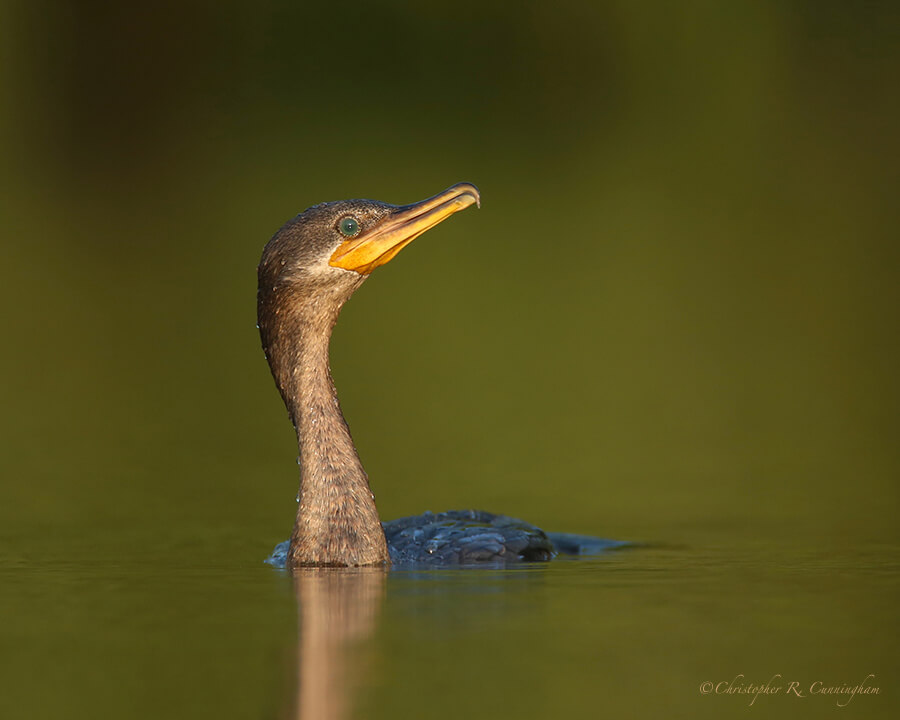
Many important aspects of how an animal photograph looks are determined by the shooter’s point of view. Some find the overall results most pleasing when the camera is on-level with the subject. The problem, of course, is that birds and other animals are typically wary and uncooperative. Brush and other obstructions often dictate the location and angle from which a photograph is taken.
Occasionally some species will cooperate and land (or remain) at the photographer’s eye-height. Other species tend to stick high in the trees and rarely offer anything other than annoying “belly shots” that really aren’t even worth taking, other than as ID shots. Still other species stay low, hiding in vegetation or gliding around on the surface of the water.
Most animals are also much smaller than humans, so getting on-level with them means laying on the ground or bending over, a greater and greater challenge as we age. Don’t forget the acetaminophen on long photo-shoots!
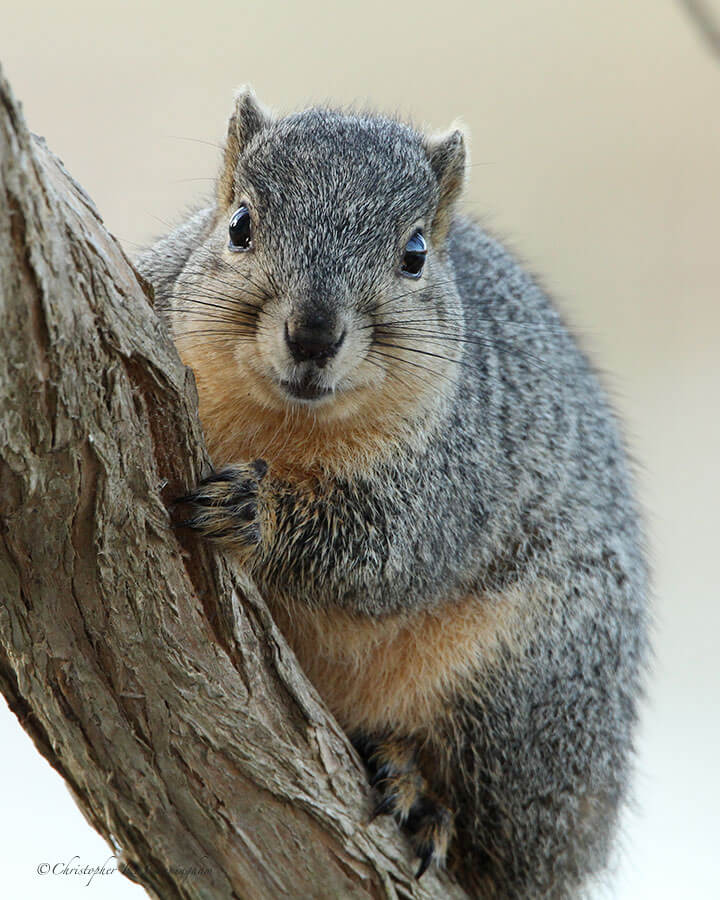
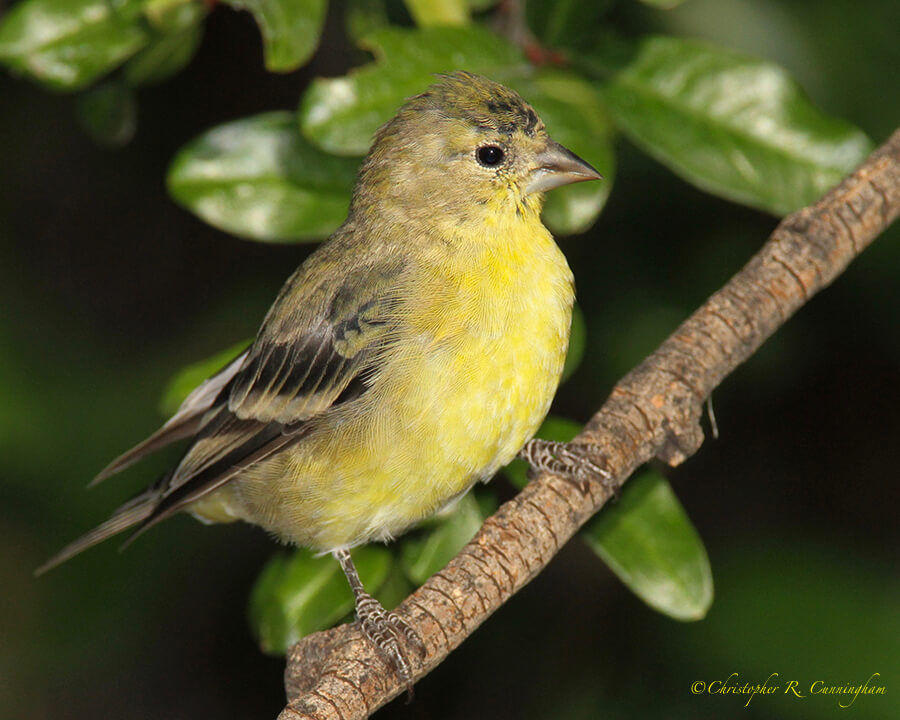
When choices are available, two main factors (other than the paramount consideration of getting the subject’s eye/lores in focus) affect how high I set my tripod: how the subject and environment will appear, and my reaction time given my posture. Typically, if I’m going to be in a forested area then I set the tripod such that the viewfinder is at a comfortable standing height. This is because in such a setting most subjects will be high, eye-height or greater. Also, I find that set at this high level my response time is fastest and minimizes the backaches associated with constantly bending over. If I am walking along the edge of a body of water, then I will set the tripod lower, just high enough to clear vegetation at water’s edge. This slows my reaction time a bit and increases wear-and-tear on the old back, but usually improves the aesthetics of the photo–more profile, less top of the head.
Sometimes I encounter a stretch of shore or a sandy area without obstructions. These are potentially places were a ground pod could be used. When this happens, considerations of reaction time really matter. If I lie on the ground with my clunky ground pod, I can potentially get eye-level shots–but if the scene changes fast, it’s hard to react if I’m on my belly. Usually I compromise: Knee pads allow relatively low-level shooting and reasonably fast reaction time. I usually only use the ground pod in places where I know the birds will keep returning again and again, and there is little chance of missing much. There is no question, however: If you are willing to give up all context in an image, the ground pod gives the most aesthetic results of any bird photography technique for birds on the ground or the surface of water.
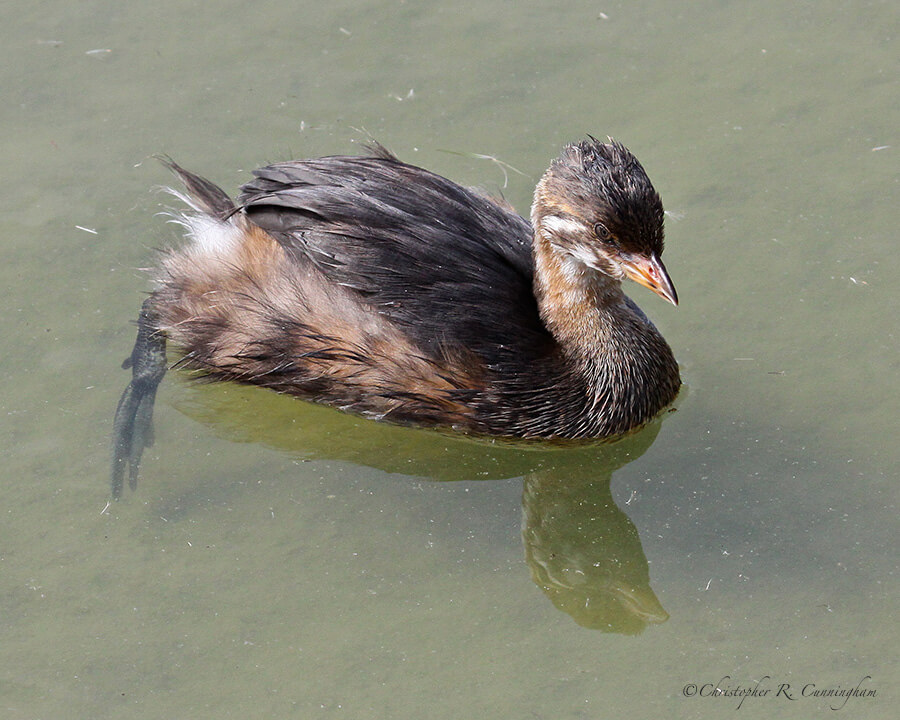
Apart from the level from which a shot is taken, perhaps the other single most important aspect of how a bird photo looks relates to the animal’s eye(s). For me, the question of eye-to-eye contact is not a straightforward one. In some of the images in this page, for example, it’s clear that the animal is aware of my presence. These images, therefore, are not as “wild” as some of the others in which the eye is focus, a catchlight is present, and the animal is gazing off at a slight angle–and therefore may not be aware of me. I suspect for the typical viewer a bird staring right back is most compelling, though.
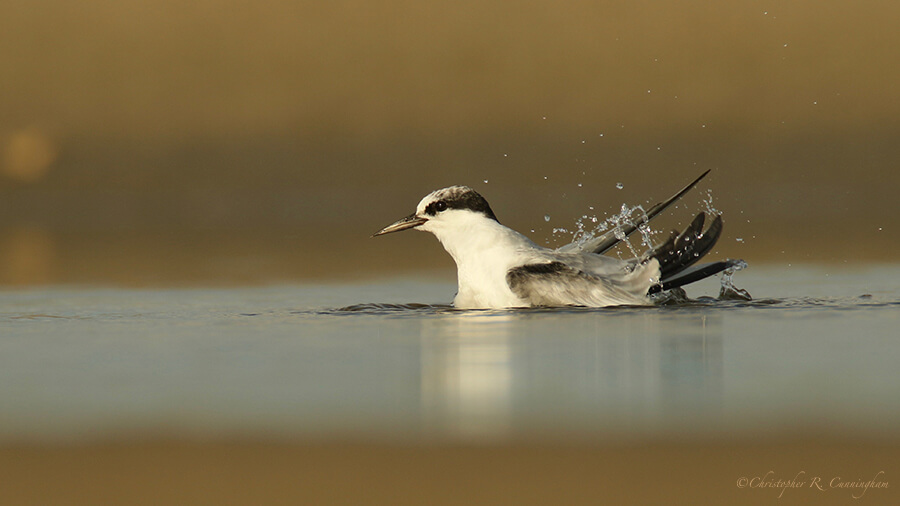
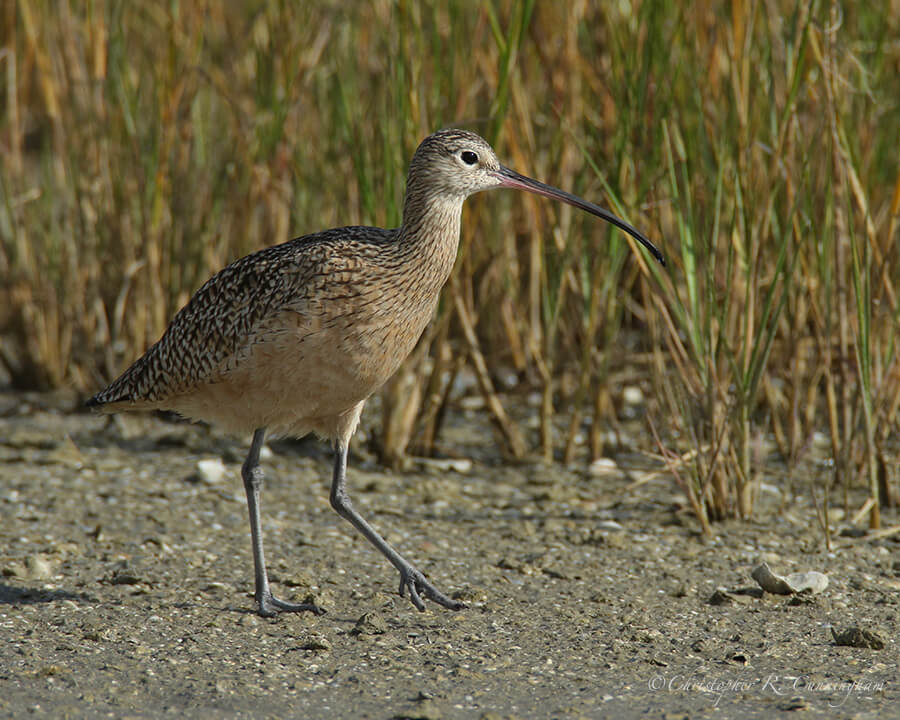
Another important aspect of perspective is context. The type of substrate and vegetation present in the image provide ecological information to perceptive viewers. For water birds, I also consider how the surface of the water will appear. Shooting right at ground level sometimes creates unappealing foreground blur if minor obstructions are present and minimizes or eliminates many aesthetic features of the water’s surface. Reflections, ripples, and wakes surround birds on the surface of the water and can subtly inform the viewer how the bird was moving–and even what kind of day it was. Crashing surf can provide energy to a shot. Sometimes these liquid features can be important, even dominating features of the image. Sometimes the colors of water can be intense and beautiful.
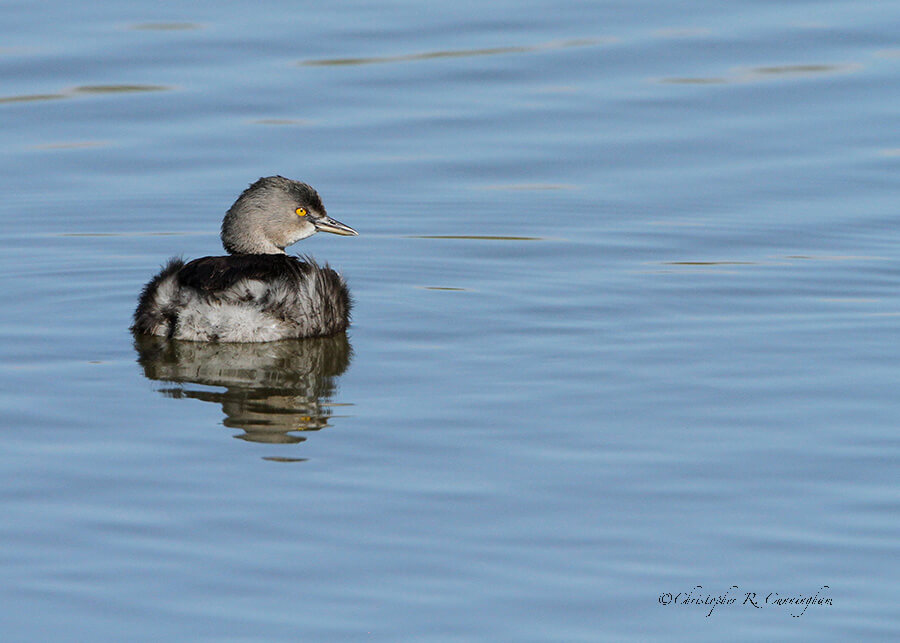
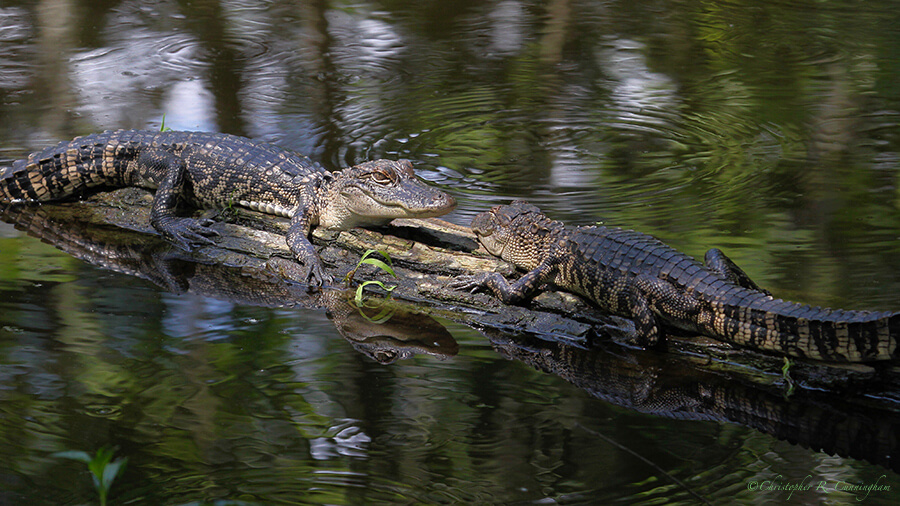
Photographers know that photography is the art of compromise: ISO versus noise, shutter speed versus depth of field, and so on. To these compromises I would add profile of the animal versus the appearance of its environment and tripod height versus adaptability and reaction time of the photographer.
When I first started taking pictures, I thought that exposure was by far the trickiest aspect of photography. As I improved, composition and perspective became the biggest challenges. On a practical level, sometimes I know that you should drop to the ground or lie down in the weeds, but I just can’t bring yourself to do it because I don’t want chiggers or to have to spend the rest of the day covered in mud!
Nature photography is one of those limitless activities in which the results you get only depend upon the amount of effort and creativity (and money for equipment and travel!) you are willing to put forward. Some days I willing to go all out to get the best results possible. Other days I may just be up for a fun day in the field. In one sense, this is probably a good thing in that it introduces variety into your collection of images . . . .
Who wants to live a life one way and no other?
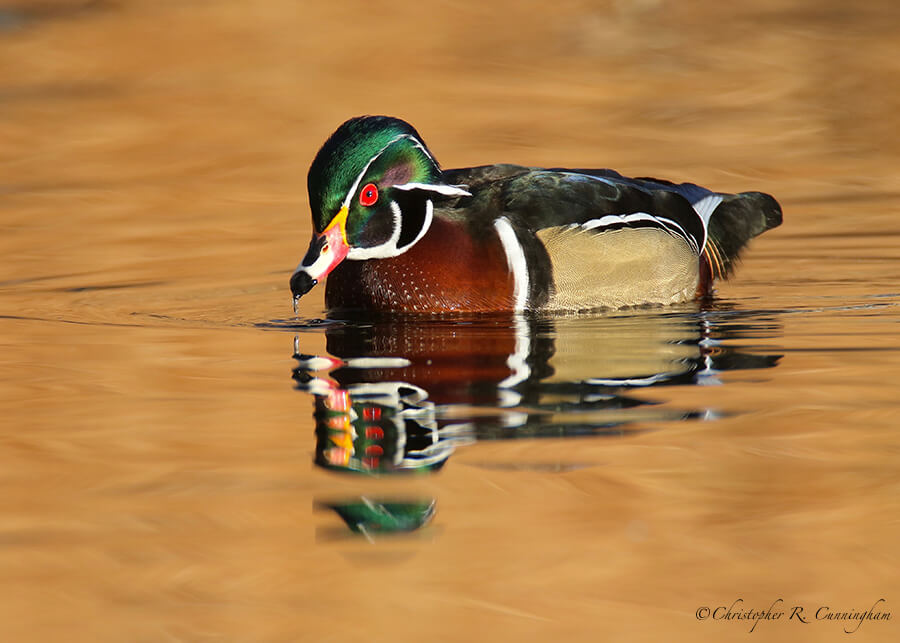
Photography, as a powerful medium of expression and communications, offers an infinite variety of perception, interpretation and execution. –Ansel Adams
©2017 Christopher R. Cunningham. All rights reserved. No text or images may be duplicated or distributed without permission.